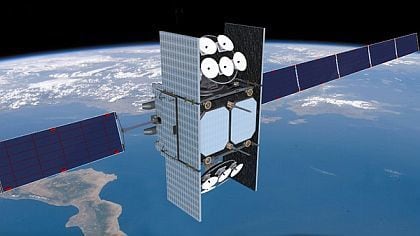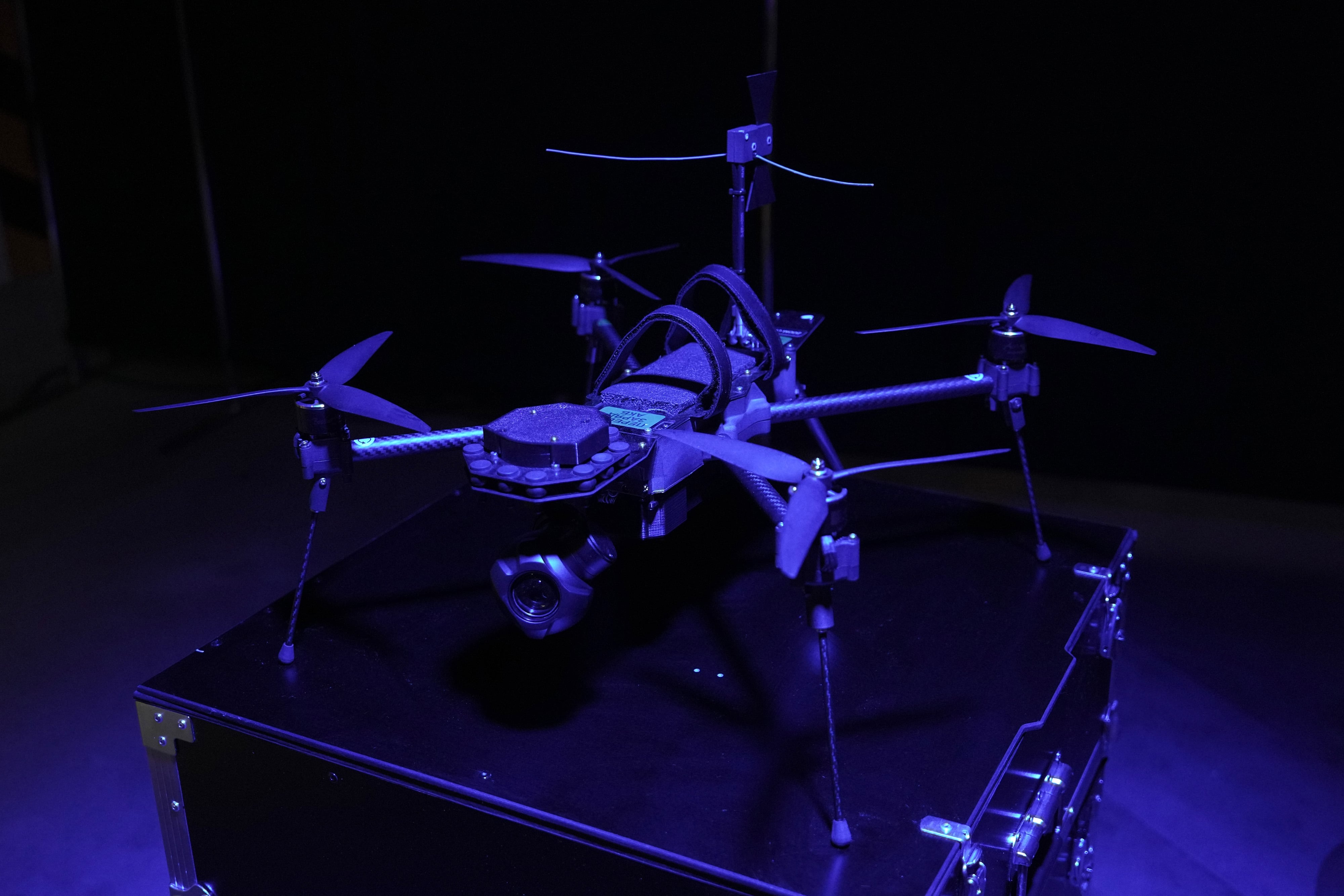The Space Force released its new Enterprise SATCOM Vision Feb. 19, formally laying out a desire for a single satellite communication architecture that is capable of keeping warfighters connected even in contested, degraded and operationally-limited environments.
“Despite the global, instantaneous reach of our satellite communications systems, which includes both military and commercial capabilities, the current loose federation of SATCOM systems needs to improve in resiliency, robustness, flexibility, and manageability,” Maj. Gen. Bill Liquori, the Space Force’s director of strategic requirements for architectures and analysis, said in a statement.
Under this vision, military and commercial satellite providers would be integrated, allowing warfighters to seamlessly transition to whatever network or signal is available while maintaining connectivity. The Space Force refers to this approach to maintaining communications even in degraded or contested environments as “Fighting SATCOM,” and the nascent service has asked for $43 million in research, development, test & evaluation funding to develop the Fighting SATCOM Enterprise in its budget request for fiscal year 2021.
Such a system does not exist today.
Under the new vision, all SATCOM requirements collection, planning, allocation, and operational management processes will be brought under a single command to exploit efficiencies and improve situational awareness. The Chief of Space Operations will provide enterprise SATCOM capabilities to the head of U.S. Space Command.
The Space Force lists five key attributes of its new Enterprise SATCOM Vision:
- Rapid, resilient, sustainable and global access to SATCOM capabilities. This includes the ability for all DoD users to quickly obtain and maintain satellite communications through all operating environments relevant to their mission.
- Terminal and modem agility. This is the ability for terminals to operate on a variety of waveforms over varying frequencies, with quick transition or, when possible, simultaneously.
- Network agility. This is the ability for users to maintain their networks when transitioning to a different beam, antenna, satellite or system.
- Cyber, link and operational security. This is the ability to provide cyber resiliency for warfighters, protecting their information and control systems in the face of a determined and sophisticated attacker.
- Data interoperability with joint command and control systems. This is the ability of warfighters and space enterprise C2 systems to effectively exchange information.
The Space Force will set up a team of experts to map this vision in the near term and ensure budget items are in line with the end goal of integrated SATCOM. The Space Force will also develop a new flexible modem interface standard that will allow for the kind of satellite roaming that is at the heart of the vision.
The vision statement also calls for the replacement of Wideband Global SATCOM, the military’s widely used purpose-built SATCOM system. The Space Force said it will look to commercial partners to take over some of the functions provided by WGS.
Nathan Strout covers space, unmanned and intelligence systems for C4ISRNET.








